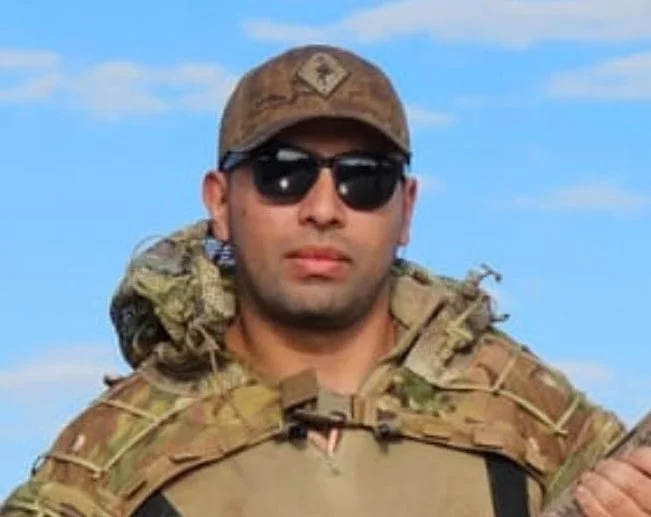
Protecting New Mexico’s wildlife, habitat, and public lands for all since 1914.
Our Mission:
to nuRture the wildlife, waters, and landscapes of new mexico through advocacy, education, and collaboration
NEWS
Featured
Friday’s meeting of the New Mexico State Game Commission.
Chris Witt looks for birds on a recent visit to Holloman Lake.





